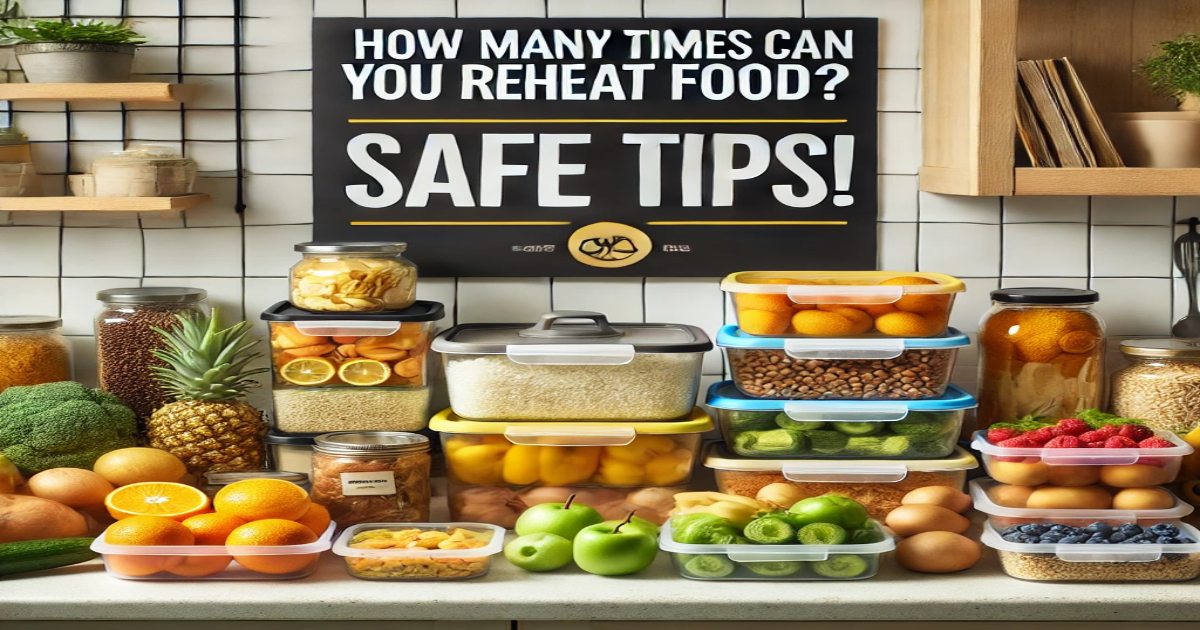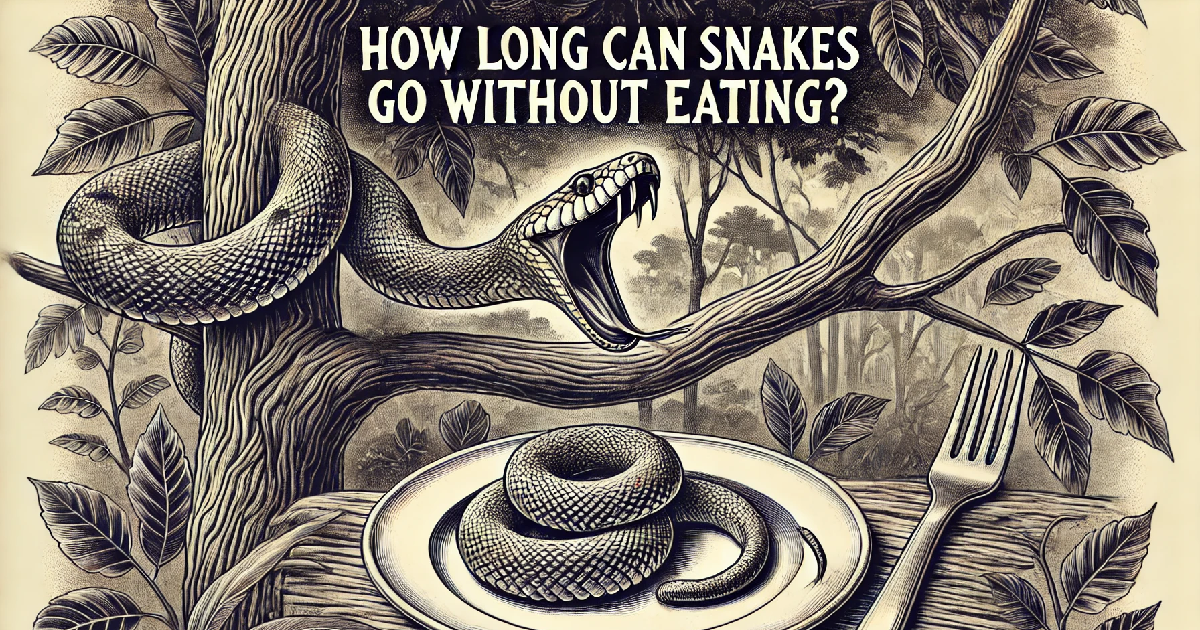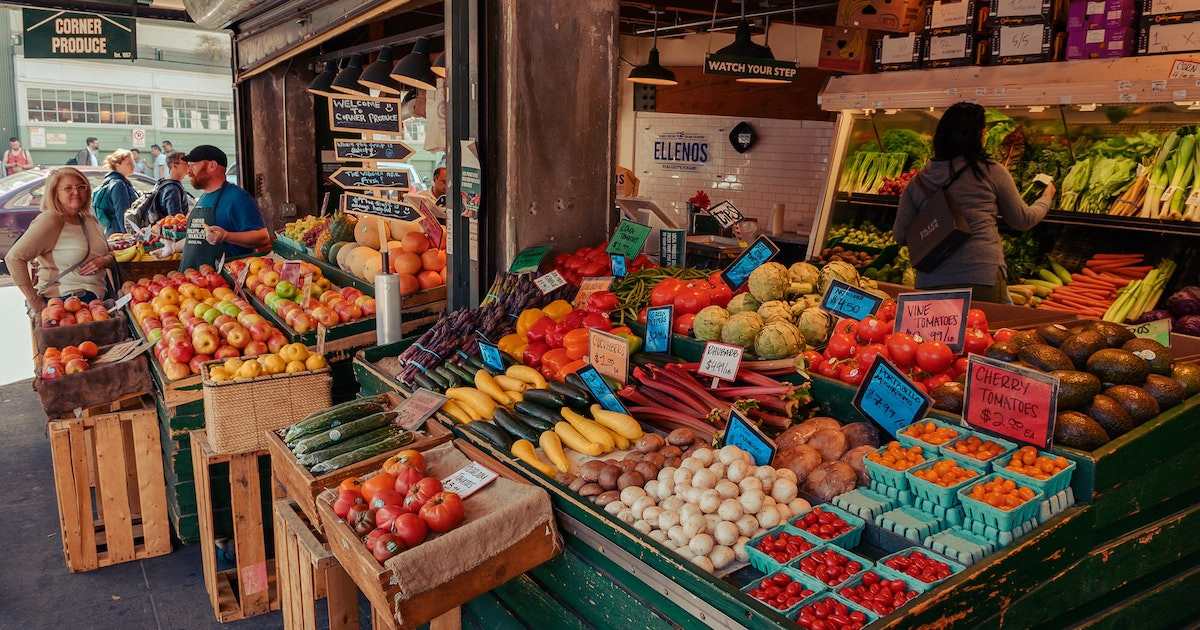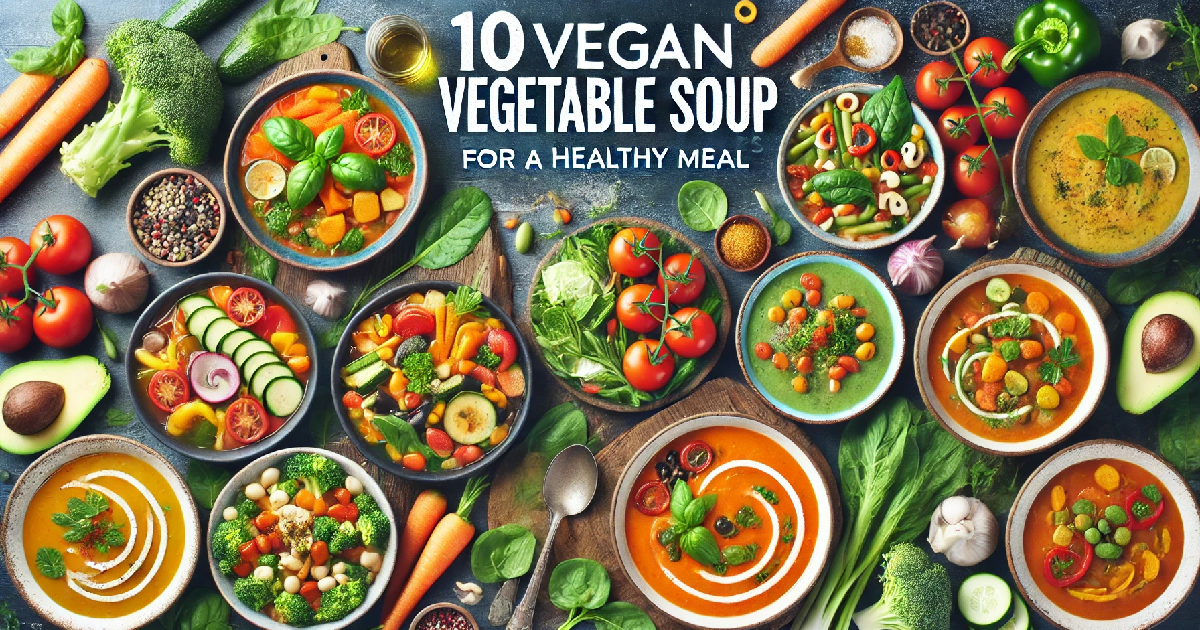Since they were first established in the late 1960s, food banks have continued to be a vital part of society. Despite the rise in awareness about hunger and poverty, many people are still unaware of what food banks actually do. In simple terms, a food bank is a non-profit organization that distributes donated food to those who are struggling to make ends meet.
Food banks source their supplies from various sources, such as individuals, supermarkets, and other businesses that donate surplus food items. These donations are then sorted, and distributed by volunteers or staff members at the food bank. These organizations’ mission is to aid families or people who are unable to afford enough wholesome meals each day with emergency food assistance.
Is Food Bank One Word?
When it comes to writing about food banks or mentioning them in your work, it’s essential to get the terminology right. If “food bank” should be written as one word or two, that is one of the most frequent queries. In a nutshell, both are true; however, there are a few minute variations that you need to be aware of.
If you’re referring to a specific organization like Feeding America or the Greater Boston Food Bank, then you should use two words since they have “Food Bank” as part of their names. However, if you’re talking about food banks as a general concept, either one word or two will suffice. It finally comes down to individual taste, after which the organization’s style manual is created.
In terms of SEO optimization, using both variations can help increase your visibility online since people may search for either option when looking for information about food banks.
What Do Food Banks Need Most?
Food banks are essential resources for those who struggle to put food on the table. They provide a vital lifeline for individuals and families facing food insecurity, especially during the current pandemic. However, despite the significant donations they receive from well-wishers, food banks still face challenges in meeting their obligations. Many people wonder, what do food banks need most?
The answer is simple: non-perishable goods, including canned fruits and vegetables, beans, pasta, rice, cereal, and peanut butter, are needed by food banks. These goods can be stored without rotting or going bad, and they have a prolonged shelf life. Food banks also need fresh produce and dairy products like cheese and milk that have a longer shelf life than others. Fresh eggs are also an excellent item to donate since they can be kept refrigerated for several weeks.
How Do You Use a Local Food Bank?
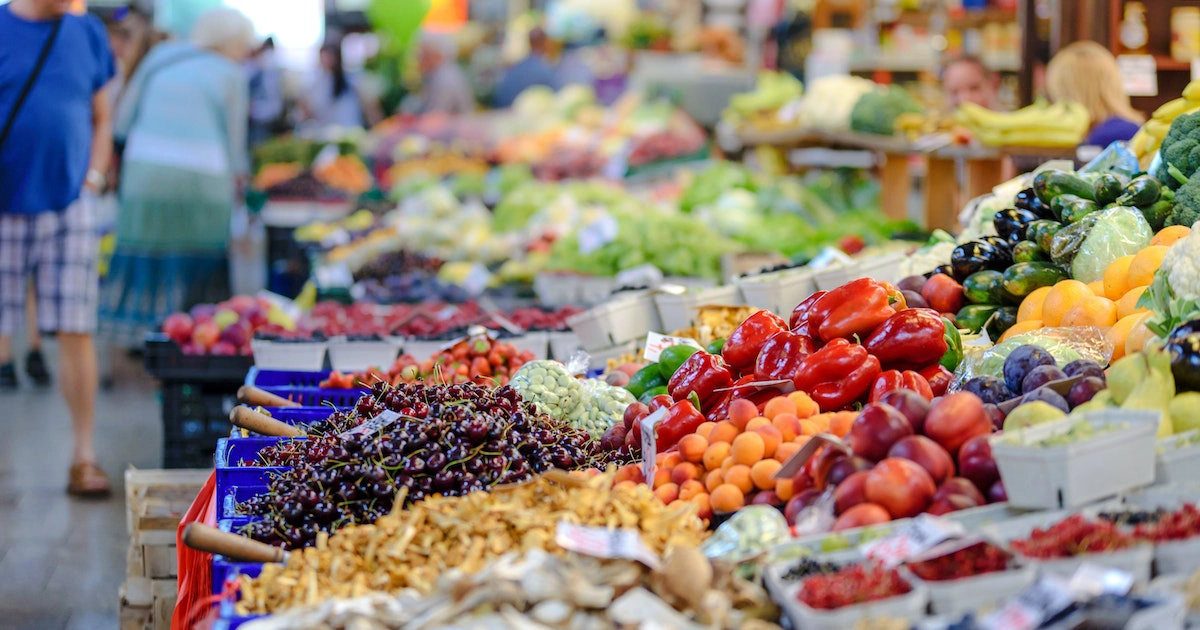
For those who need it most, the procedure is easy and clear forward and can offer instant assistance.Locate the nearest food bank first. You can perform an online search or consult with nearby community organizations for recommendations. Once you’ve located a nearby food bank, check their hours of operation and any requirements for accessing their services.
When you arrive at the food bank, be prepared to show identification and proof of residency. Many food banks also require proof of income or other financial information to ensure that they are serving those in need. After you’ve completed the necessary papers, employees will assist you through the process of selecting your items from the available inventory. Make sure to only take what you require so that others may also profit.
Is Food Bank Local Or Global?
In many countries, including Canada and the UK, food banks have become mainstream institutions that operate on a large scale to provide emergency food support to those in need. However, there are also smaller organizations and charities that offer similar services at a more localized level. These groups rely heavily on donations from individuals and businesses within their respective communities.
Despite their differences in size and scope, local and global food banks share a common goal: to tackle hunger by providing access to nutritious food provided to those who might otherwise go hungry.
Why Food Is Important?
Our daily lives depend on food in many ways. It gives us the vitamins, minerals, and nutrition our bodies require to function properly. Without adequate nutrition, we become more susceptible to illness and disease. That’s why food is important; it plays a vital role in maintaining good health.
Good food choices can help prevent chronic diseases such as obesity, diabetes, and heart disease. A normal weight is maintained by the body with the help of a nutritious diet, which can lower the chance of having certain disorders. Additionally, certain foods contain antioxidants that help protect against free radicals that damage cells and contribute to disease development.
But food isn’t just about physical health; it also affects mental wellbeing. Eating a healthy diet can boost mood, improve memory and cognitive function, and even reduce symptoms of depression or anxiety.
How The Food Bank Works

For individuals in need, food banks are a critical resource since they give them access to wholesome food and necessities for their homes. However, have you ever wondered how these businesses operate? Here is a description of the entire procedure:
First, to restock their shelves, food banks depend on donations from private citizens, businesses, and other philanthropic institutions. This allows for the donation of non-perishable items like canned foods or fresh food that might otherwise be thrown away. After being gathered, the food is sorted and checked for quality before being given to affiliated organizations or directly to needy families.
Partner organizations are often neighborhood groups that collaborate with food banks to provide resources for their neighborhood. These groups could be churches, shelters, schools, or soup kitchens.
Who Is Most Likely To Use a Food Bank?
The solution to this question, which has been posed numerous times, is not simple. While anyone may require help at some point in their lives, particular demographic groups are more likely to use food banks.
Households with low incomes are the first category that springs to mind. Families who live paycheck to paycheck or have limited financial sources may find it difficult to provide adequate, nutritious meals for themselves and their children. Consequently, they may turn to food banks as a temporary solution while finding stable employment or other forms of financial help.
Another group that frequently uses food banks are seniors on fixed incomes. Older adults living off pensions or social security checks may not have enough money left over after paying bills and medical expenses to purchase groceries regularly.
3 Things Regarding Food Banks You Should Know
For many people who struggle to put food on the table, food banks have grown to be an essential resource. With rising costs of living and an uncertain economy, more and more families are turning to food banks for help. But despite their importance, there’s still a lot of confusion surrounding these organizations. There are five things concerning food banks that you should be aware of.
Firstly, not all food banks operate in the same way. Some are run by large national charities, while others may be small independent organizations that rely on volunteers and donations from the community.
Secondly, most food banks operate on a referral system where individuals must be referred by a social worker or another agency to receive assistance. This helps ensure that those who truly need help receive it.
Thirdly, there is often some stigma attached to using a food bank, which can prevent people from seeking assistance when they need it most. For many people who struggle to put food on the table, food banks have grown to be an essential resource. With rising costs of living and an uncertain economy, more and more families are turning to food banks for help. But despite their importance, there’s still a lot of confusion surrounding these organizations. There are five facts concerning food banks that you should be aware of.
What Is The Most Successful Food Bank?
When it comes to food banks, success can be measured in different ways. Some may prioritize the number of people served or the quantity of food distributed, while others may focus on the impact and effectiveness of their programs. But when it comes to overall success, one organization that stands out is Feeding America.
200 food banks and 60,000 people are connected through partner organizations called Food for America, which collaborates to battle hunger in the country. The national fight against hunger has been significantly impacted by Feed America’s broad reach and smart relationships with businesses, funders, and volunteers.
According to its latest annual report, Feeding America provided more than 4.2 billion meals in 2020 alone and reached an estimated 40 million people facing hunger.
What Is Most Popular In a Food Bank?

The popularity of certain items can help inform donation efforts and ensure that clients are receiving the foods they need and want. Firstly, non-perishable items are always in high demand. Canned goods such as vegetables, fruits, beans, tuna, and chicken are among the most requested items at food banks. These items have an extended shelf-life and can be applied to a variety of recipes, making them flexible choices for people who rely on food banks for their daily meals.
Secondly, staple items like pasta and rice are also frequently requested by clients. These carbohydrates provide energy and act as filling bases for many meals. Additionally, these types of foods often come in large quantities, meaning that they can last longer for families that rely on them frequently.
What Do Food Banks Need Most Right Now?
For many people and families who are trying to make ends meet in these unusual times, food banks serve as a vital source of help. The economic effects of the COVID-19 epidemic have, however, caused a major increase in the demand for food aid this year. As a result, food banks all over the country are having a hard time meeting the demand and are in more need of assistance than before.
What Are The Most Urgent Needs For Food Banks Today?
First and foremost, monetary contributions are critical because they enable food banks to buy necessary goods like fresh vegetables, milk, eggs, and meat in quantity and at a discount. By doing this, they are able to stretch their funds even further and make sure that people in need can receive nourishing meals. Additionally, volunteers are essential to the effective operation of food banks because they efficiently sort, pack, and distribute food supplies.
Which Country Has The Most Food Banks?
Food banks have grown in popularity as a way to alleviate hunger and malnutrition in many countries as the number of people living below the poverty line has increased. Recent figures show that among wealthy countries, Canada has the most food banks. In reality, Canada has over 850 recognized food banks that assist millions of individuals each year who are experiencing hunger and financial hardships. Many Canadians find it difficult to put enough wholesome food on their tables due to the high cost of living, low wages, and high unemployment rates.
Other nations with a sizable number of food banks besides Canada include the United States, Australia, and the United Kingdom.
How Many Food Banks Are In USA?
As a result of an increasing problem of food insecurity, millions of Americans have difficulty putting food on the table. For individuals in need, food banks have become an essential resource, giving them access to free or inexpensive goods and meals. How many food banks exist in America, though?
Over 200 food banks are located all over the country, according to Feeding America, the largest hunger relief organization in the US. These food banks act as distribution hubs for regional non-profits and agencies that aid hungry individuals and families.
When Was The First Food Bank In The US?
The first food bank was established in Phoenix, Arizona, in the late 1960s, according to the response to this query. John van Hengel.
After observing numerous nearby grocery stores and restaurants throwing away perfectly delicious food, John van Hengel was motivated to create a food bank. He recognized an opportunity to gather this extra food and give it to those who were hungry. He established the St. Mary’s Food Bank Alliance in 1967, and it grew to be one of the biggest food banks in the US.
Since then, several organizations across the nation have established their own food banks in a similar fashion.
What Is The Biggest Food Bank In USA?
These food banks give away billions of pounds of food to people in need every year. They need donations from people, businesses, the government, and other organizations to keep their shelves supplied and guarantee that they can remain efficiently serving their communities.
Feeding America, which operates nationally and has more than 200 member food banks around the nation, is the biggest food bank in the United States. They assist in supplying meals to more than 40 million Americans annually, according to their website.
Initially known as Second Harvest, Feeding America was established in 1979 and has since expanded into a vast network of food banks dedicated to eradicating hunger in the country. They give out billions of pounds of food every year and work with community groups and charities to make sure that people in need can get healthy meals. Their goal is to address long-term solutions through advocacy work targeted at lowering poverty and promoting access to wholesome foods, as well as acute needs.
Does The US Government Fund Food Banks?
The vital resources that food banks provide to millions of Americans who deal with food insecurity are critical. What part does the US government play in sponsoring these organizations that help deliver free or inexpensive meals to families in need? The answer is that yes, the government does support food banks through a number of projects and programs.
TEFAP, which provides emergency food assistance, is one such program. Through food banks and other emergency feeding organizations, TEFAP distributes wholesome foods to Americans with modest incomes. State governments oversee the administration of the program, which is funded federally by the US Department of Agriculture.Food stamps, may also known as the Supplemental Nutrition Assistance Program for Americans (SNAP), are another initiative that helps to finance food banks. SNAP grants monthly rewards to those who meet the requirements, which can be used to purchase food at participating retailers, such as a lot of local food banks.
Regional food banks are also funded and supported by state governments in addition to these federal programs.
How Many Food Banks Are In New York?
New York has one of the greatest populations in the world, making up a sizeable portion of those who experience food insecurity. Food banks are essential in helping low-income families and individuals who struggle to afford regular, nourishing meals get the help they need.
In New York City, how many food banks are there? Although it’s difficult to pinpoint a precise figure given how frequently these organizations change, it’s believed that there are more than 1,000 food pantries and soup kitchens functioning inside the five boroughs. These range from modest neighborhood projects to larger-scale endeavors supported by philanthropic support from businesses and the government.
Although there are several food banks in New York City, there are still more people in need of assistance than they can meet. Many depend on donations from nearby companies and people to keep their shelves stocked with food and other necessities.
What Is The Role Of Food Banks UK?
To help solve the issue of food poverty in the UK, food banks are essential. They offer emergency food supplies to those in need, providing a lifeline during difficult financial circumstances. As more and more individuals turn to food banks for assistance, their significance as a resource has grown over time.
Food banks’ main purpose is to provide free emergency food packages to people or families who are having difficulty paying for essentials. These packages often come with enough non-perishable goods to last three days. Food banks collaborate with a range of referral organizations, including social services, housing associations, and charities, to locate people in need and provide them with vouchers they may use to purchase food at their local food bank.
Many food banks offer extra services like guidance on debt management, welfare benefits, and budgeting skills in addition to supplying basic necessities.
What Is The Main Work Of UAE Food Bank?
To reduce food waste and fight poverty in the United Arab Emirates, a non-profit organization called the UAE Food Bank was founded in 2017. The major task of the UAE Food Bank is to distribute extra food to those in need by gathering it from hotels, supermarkets, restaurants, and other sources.
The primary intention of this organization is to make sure that good food doesn’t go to waste by giving it to people who are hungry. The UAE Food Bank hopes to accomplish this by minimizing food waste and helping individuals who are experiencing food insecurity. The charity not only gathers extra food but also works with other non-profits and charities across the nation to feed disadvantaged populations like labor camps and refugee shelters.
How Can I Support My Local Food Bank?
Donating to a local food bank is among the simplest ways to help. Non-perishable donations like bread, pasta, canned goods, and other grains are typically accepted by food banks. Additionally, you can mail a check or donate money directly through their website. Numerous charities offer programs that let you set up regular donations so you can give frequently.
Volunteering at the food bank itself is another way to assist. Volunteers are crucial to the smooth operation of these organizations because they organize donations, pack boxes for distribution, or give food directly to people in need.
Conclusion: The Importance Of Supporting Food Banks
In conclusion, a food bank is a vital resource that offers people and their families who struggle with hunger the support and help they urgently need. For these organizations to function effectively, community donations and volunteers are essential. They enable food banks to repurpose excess food and grocery items for people in need, reducing food waste and solving food insecurity. If you wish to provide or receive aid, it’s essential to understand how the local food bank operates. To support this essential resource and improve the lives of individuals in need, think about volunteering or making a donation right now.
FAQ
















